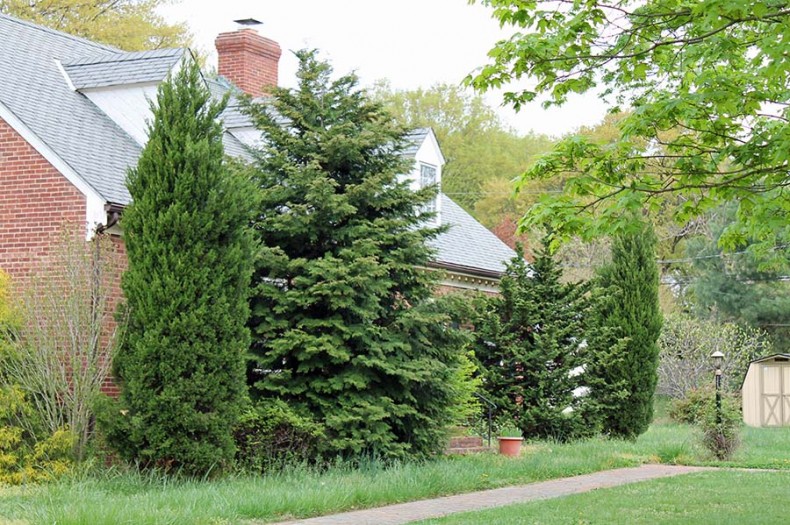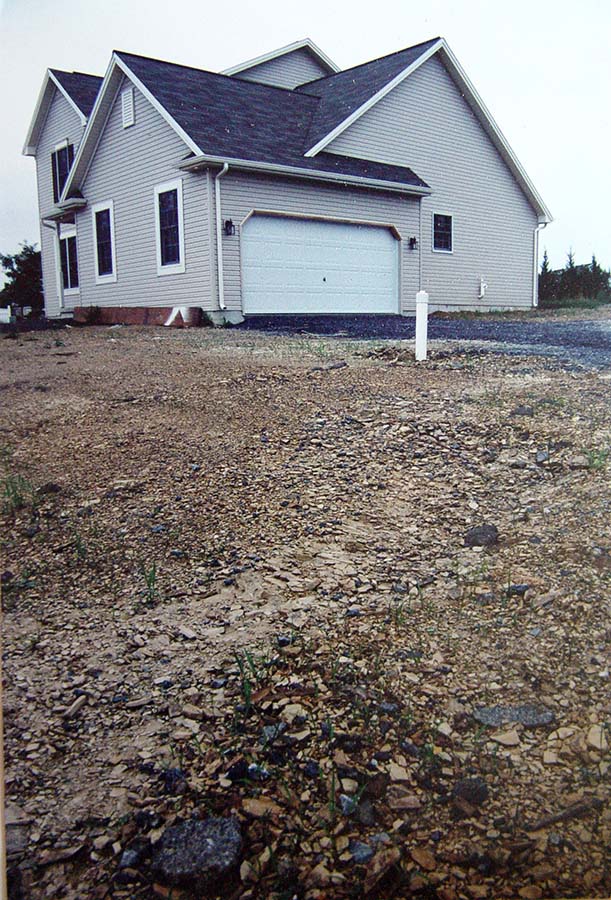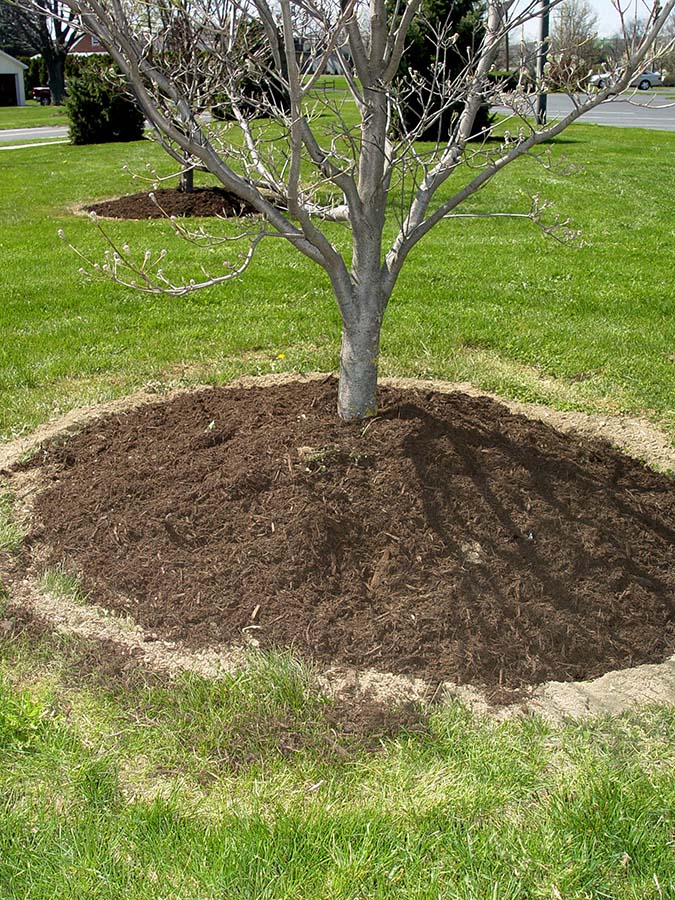Gardening blunders
Avoid mistakes by learning from your ‘foregardeners’
By George WiegelHouse? What house? These evergreens were planted too closely to the front foundation of this house and are now dwarfing it.
Gardening is like any endeavor. The more you know, the more success you’re likely to have.
A good way to speed up the learning process is by taking advantage of the knowledge of those who have killed their plants before you.
Here are some important woes that our “foregardeners” would warn you about:
The future owners of this new home may or may not realize that this compacted shale soil is lurking below.
Not improving lousy soil
If you’re blessed with reasonably good soil, just loosen and plant. But if you’re starting with “soil” that’s more of a sand pile, clay pit, quarry-in-waiting or compacted subsoil left behind by home construction, plan on some remediation.
One school of thought advises rototilling or deeply digging the ground to at least 10 or 12 inches deep, then working about 2 inches of compost, rotted leaves or similar organic matter into it.
A second school of thought advises topping the landscape-bed-to-be with about 12 inches of wood chips and then waiting at least six weeks for decomposition to start. Then the chips can be pulled back to plant and move among the plants as mulch.
You only need to do either of these once — before planting. From then on, just keep a 2- to 3-inch layer of organic matter over the surface and let the earthworms and microbes be your “soil improvers.”
Planting too closely
This includes planting plants too closely to one another as well as too closely to the house.
Crowding sets you up for a jungle look within a few years, sets the stage for unnecessary pruning, and makes plants more prone to disease.Determine the mature width of your new plant and space according to that — not its current size. A good rule of thumb: Add mature widths together and divide by two, then plant no closer than that. (Example: 8-foot holly beside a 4-foot spirea. 8+4=12, divide by 2, equals 6-foot minimum spacing.)
To space from houses, simply divide the mature width in half and plant no closer than that. (Example: An 8-foot holly should go no closer than 4 feet from the house.)
A common mulching mistake is packing mulch high up against trunks, which can rot the bark. This practice is called “volcano mulching.”
Mulching madness
You can overdo it or underdo it with mulch, which is the coarse wood or organic matter used on soil surfaces to discourage weeds and retain soil moisture.
Too much mulch can cause the same problems as planting too deeply. Too little won’t stop weeds or retain moisture very well.
Especially be careful not to pack mulch up against the stems and trunks of plants. That can rot the stems and bark and possibly kill the plants.
Two to three inches of organic mulch (i.e. bark mulch, chopped leaves, pine straw, shredded hardwood) is ideal around trees and shrubs. One to 2 inches is fine around flowers.
Unsuitable sites
Plants have their own particular site preferences, especially when it comes to light and soil moisture. Check with trusted local experts, such as Extension educators and local garden centers, as to best sites.
As for plants that are struggling, don’t be afraid to move them — the sooner the better. Many “green-thumb” gardeners will tell you they’ve moved every plant in their yard a minimum of three times before they got it right.
About the Author
George Weigel is a Pennsylvania-based horticulturist, garden consultant, author and newspaper garden columnist. His website is georgeweigel.net.-
Share this story:





